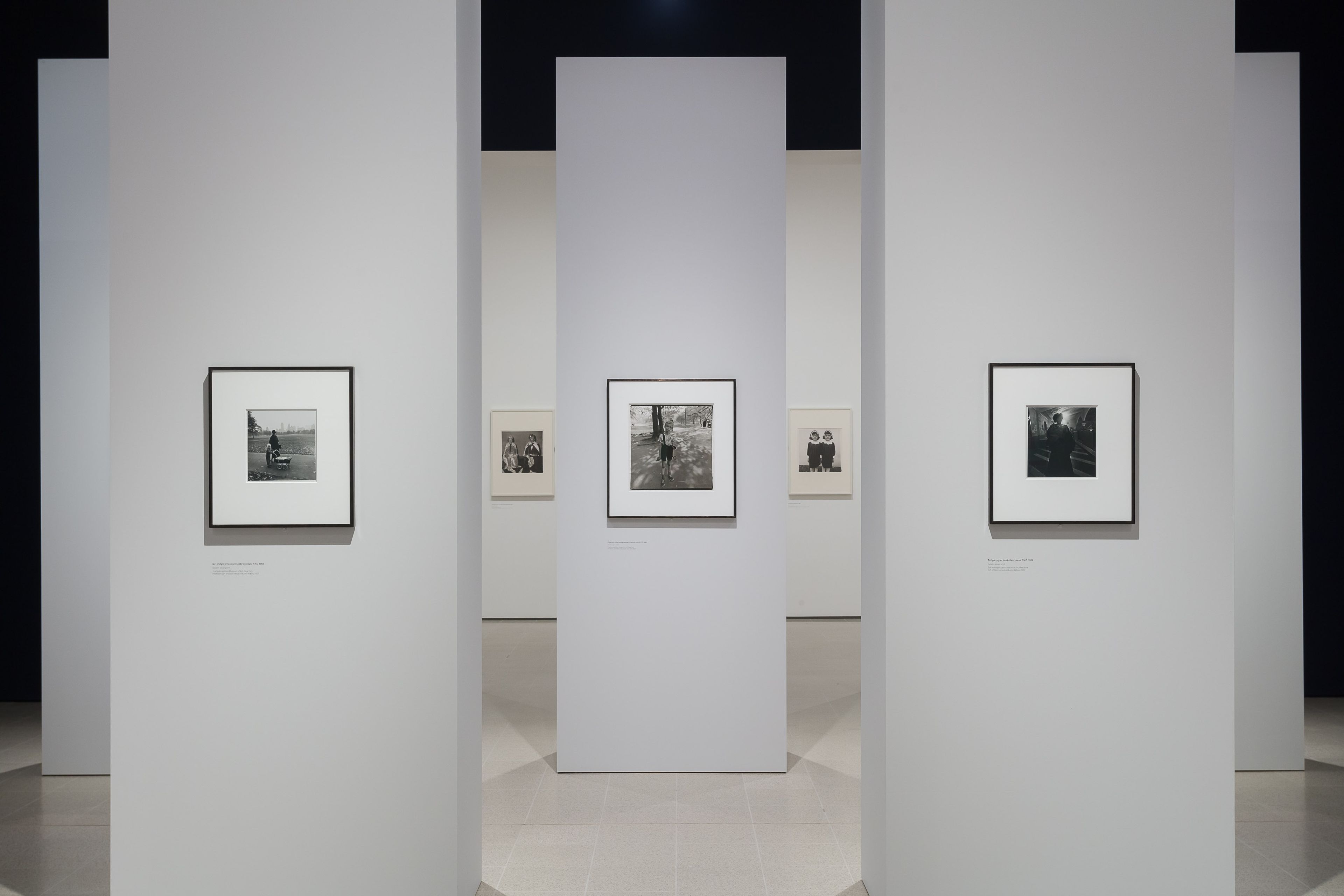Hayward Gallery, London
March 2019
Diane arbus: in the beginning was a solo exhibition focusing on the first seven years of Arbus’s career, from 1956 to 1962. Organized by The Metropolitan Museum of Art in New York and curated by Jeff Rosenheim, curator in charge of the museum’s Department of Photographs, the show was adapted for the Hayward Gallery in London following its initial presentation at The Met Breuer in New York in 2016.
On the occasion of the exhibition, we asked Rosenheim for his insights into the production of the show and his engagement with Arbus's practice.
When were you first introduced to Diane Arbus’s work? What was the first aspect of it you were interested to engage with as a curator?
I likely first saw Arbus’s photographs in 1972 reproduced in the publication Documentary Photography, part of the Life Library of Photography which I checked out from the local public library when I was eleven or twelve. Years later, as a young curator, I dreamed and schemed to work on any aspect of her oeuvre I could. Miraculously, one day I had the good fortune to become the custodian of her archive.
How did the opportunity to reference the artist’s archival papers and notes inform your selection of works for in the beginning?
The curatorial decision to study in depth the artist’s work from 1956 through 1962 was entirely driven by the photographs themselves, not the supporting materials, such as negatives, contact sheets, or manuscripts.
Given that this is the first exhibition of these works, what did you feel it was most important to convey about them? Did this inform the exhibition layout, for example?
The design challenge for the exhibition was how to present these extraordinary, but mostly small-scale (6 × 9") black-and-white photographs in a way that made museum viewers slow down and discover the art on its own terms. We wanted to make sure visitors to the galleries were active, not passive. As a society, we have seem to have lost the ability to look at small things: we want big screens, moving images, and oversaturated color.
Are there specific works you would highlight among those on display as particularly important for the subsequent development of Arbus’s practice?
Arbus only worked independently with the camera for fifteen years, from 1956 until her death, in 1971. She was thirty-three when she made the first photographs in the exhibition. I believe she explored new ideas from day to day and year to year, but do not consider her early work made with a 35mm camera (and featured in the exhibition) less “developed” than her later work, made with a 2¼" square-format camera.
Seeing these works hung together as a group, were you able to make new observations about them, or connections between certain images?
No. I actually tried my best to make absolutely no direct connections between individual photographs. I took this as a conceptual design challenge and developed techniques (the narrow columns) to make sure each photograph could only be seen directly and not in comparison to any others. The exhibition was not organized by chronology, subject, or style, and there was essentially no beginning, middle, or end. Fascinating, really.
Image: Installation view, diane arbus: in the beginning, Hayward Gallery, London. Photo by Mark Blower
